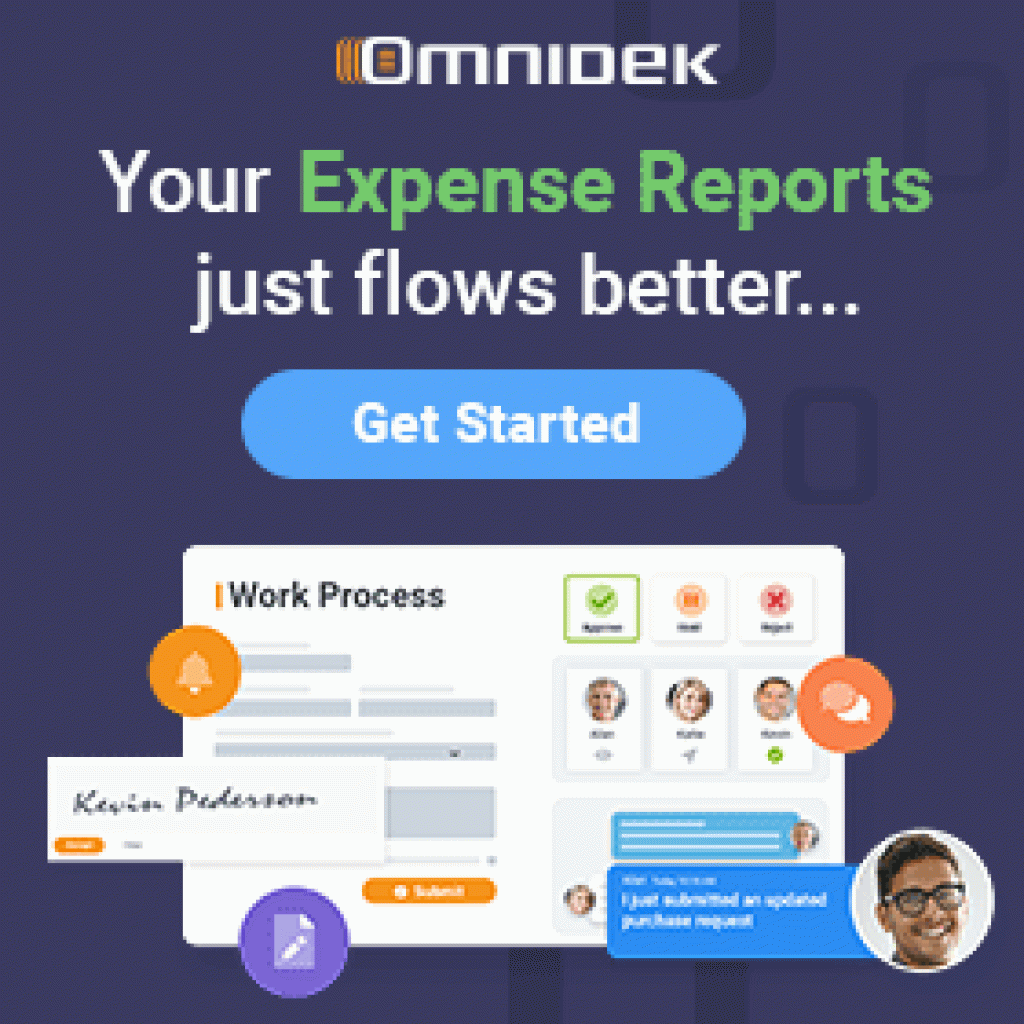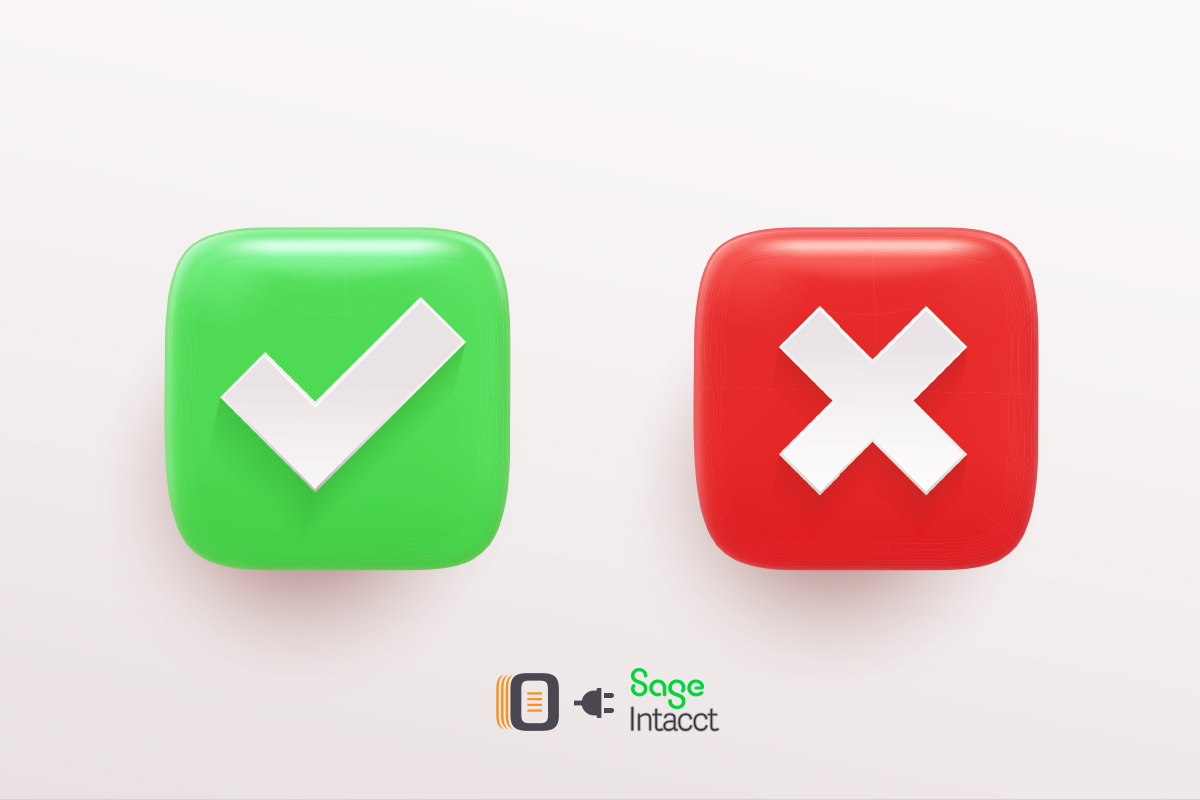Most departments or teams require a stack of apps to perform digitally and efficiently. The tech industry has been saturated with single feature apps to fulfill these needs. Buying SaaS applications has now become extremely easy and more importantly, a company risk. Anyone with a credit card and an email address can onboard a new app and start using the software instantly. This results in rapid or impulsive decisions without official procurement from the appropriate approvals. These impulsive decisions lead to what is called “shadow SaaS” or “shadow apps”, and this creeps among many organizations creating numerous painful problems such as:
- No data centralization
- Increased management and support overhead
- Increased IT spend
- Increased risk of proprietary data being leaked or accessed
- Lack of transparency into process approvals and reporting
- Unregulated flow of information
An attempt to fix this problem the tech industry birthed integration and connector utilities to seam all of your apps together, for example “Zapier”. Technically, this is only patchwork and addresses only a few of the symptoms. The foundational problem still exists with much of the painful symptoms listed above. Yes, some of the data can be transformed and synced but you’re still left with a lack of transparency and reporting, a slew of apps to access, increases in IT spend, and proprietary data at risk.

What are the problems?
At first glance, you could better regulate your teams by enforcing a purchase request culture, however, you’ll continue to have outlaws who will not abide and will continue the “I need this app” trend. In order to have the app connectivity and transparency, you’d need to staff senior developers who can create custom cross-app centralized reporting, an administration dashboard, and the necessary app integrations. This gets very expensive quickly, but I can tell you from experience this is a long, treacherous path that leads to a chaotic features and integrations. Most of the custom built code becomes caveman-like over time causing issues with compatibility. This issue eventually results in onboarding trendy, appealing apps in which companies attempt to seam the two together – creating a dumpster fire. Next, a company could define the stack of apps for each department, allowing a department manager to dictate the needs. This ends up falling right back into a heavy overhead of managing too many apps and a lack of centralized reporting.
So… How do we solve this ever-growing tech problem?
Finally, we arrive at a no code centralized process platform that empowers your company to create workflow driven processes in only a few easy steps. The right solution: A platform that promotes transparent communication on every approval, allowing executives and managers to always have the high-level insight of each business process in real-time. By setting a formal hierarchy, you can control access and permissions for each process created, allowing you to face workflows to people outside the walls of your organization with total control. In short, the answer is to provide real-time visibility, transparency and continuity in your business. Now let’s look at the advantages of implementing a centralized business process platform, here’s what you have:
- Reduced the time and cost overhead of apps to manage
- Eliminated the user costs and SaaS subscriptions
- Reduced the new process onboarding time
- Reduced risk of exposing data to unauthorized people
- Improved the level of workflow transparency
- Created an audit trail of each process workflow
- Powered centralized reporting across every department and team
- Hassle-free workflow process creation
- Eliminated the need to connect numerous apps





